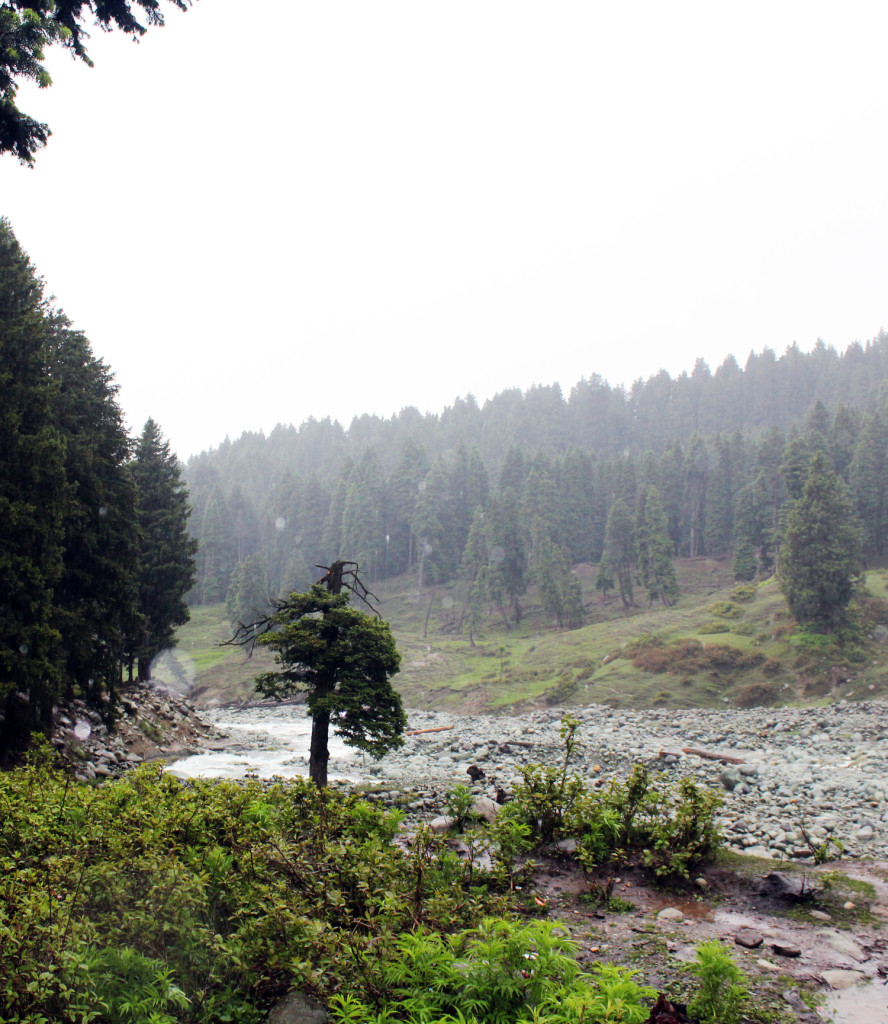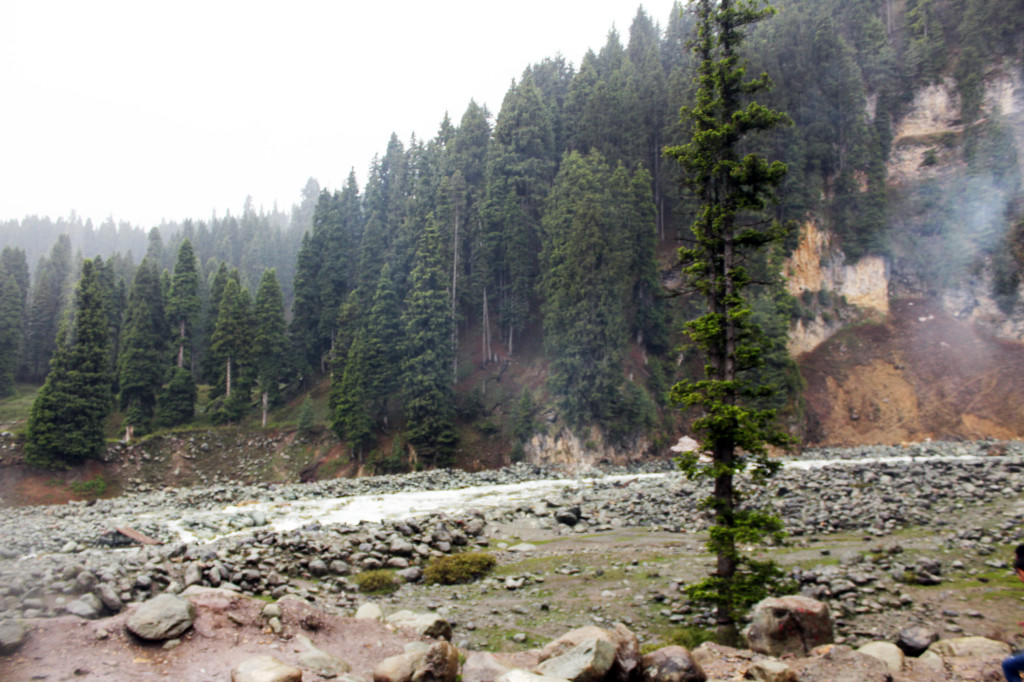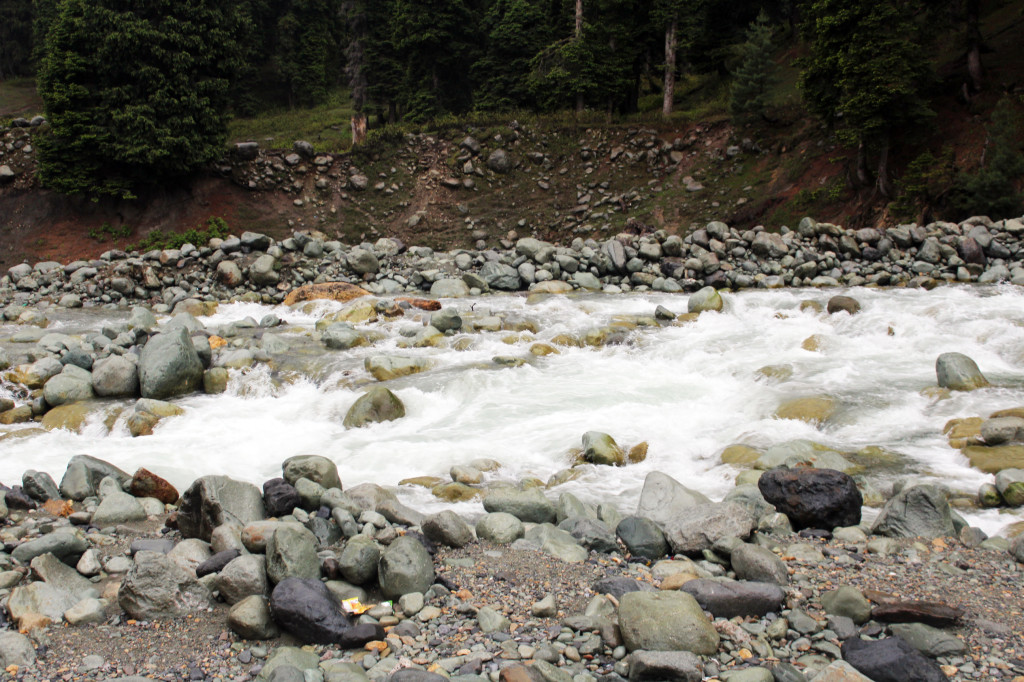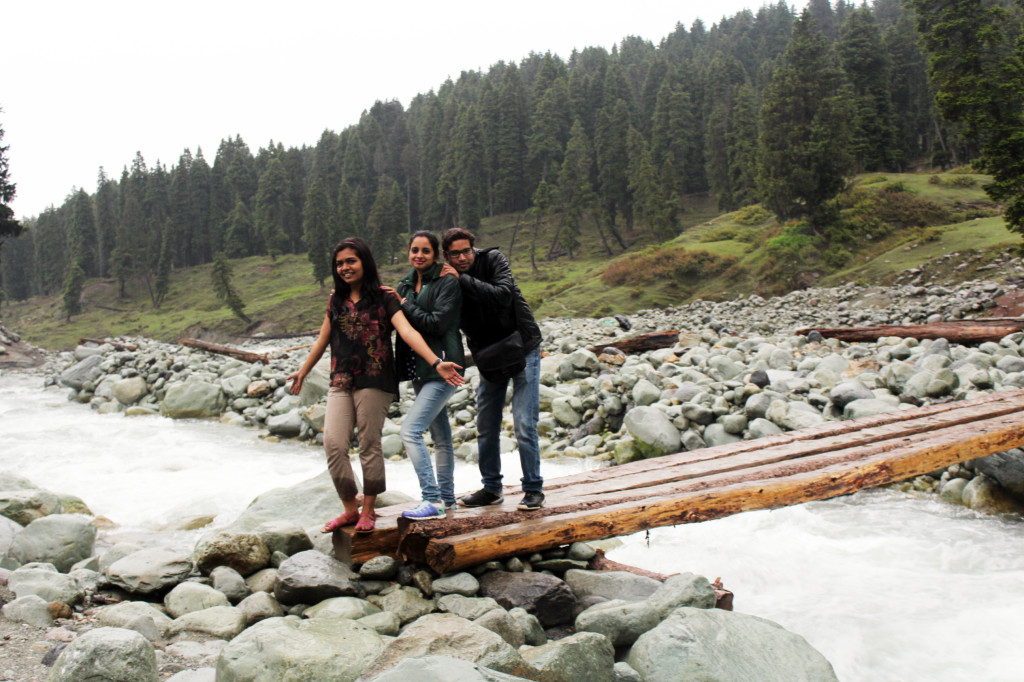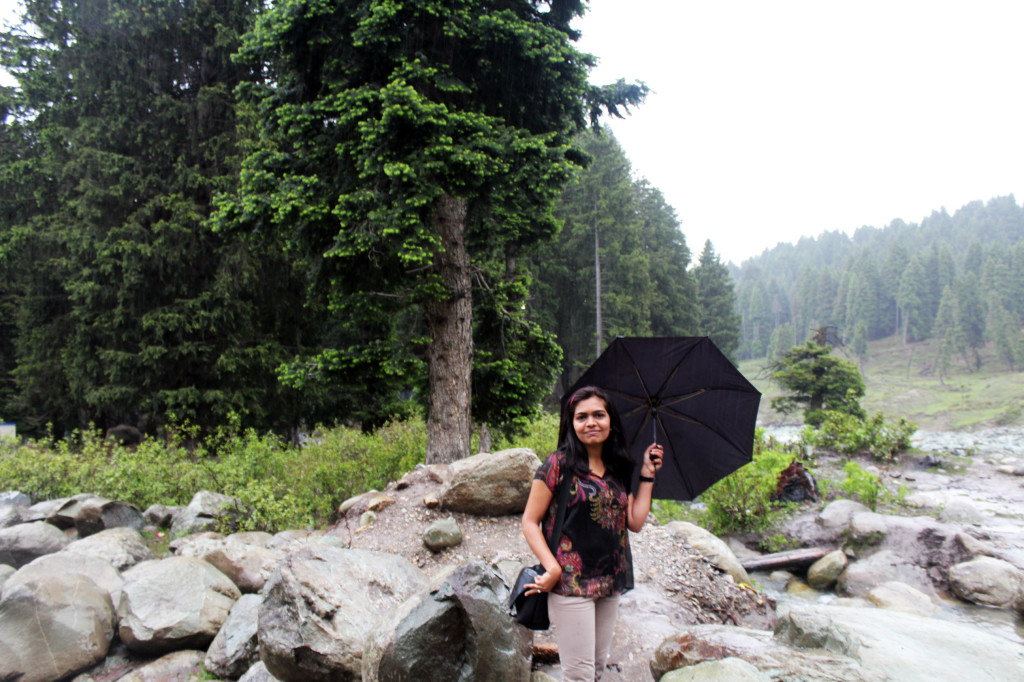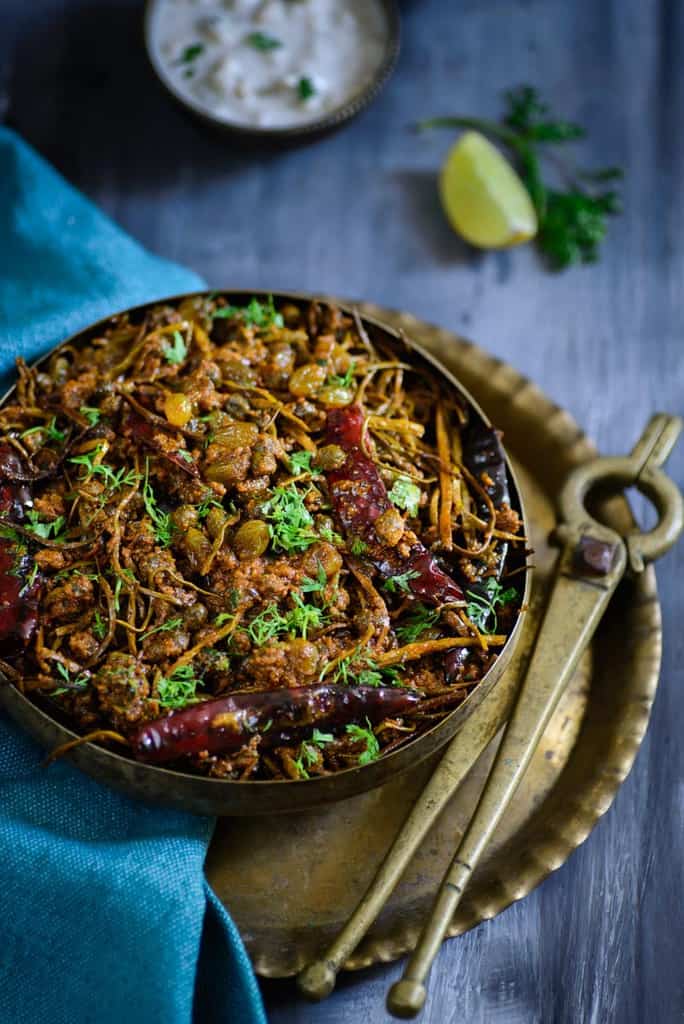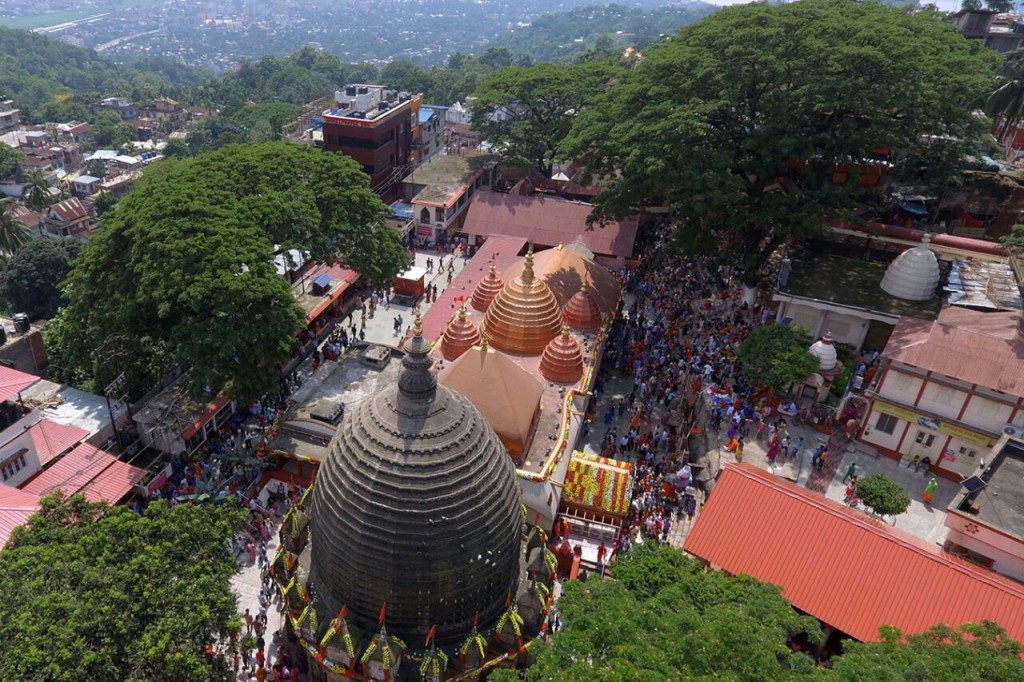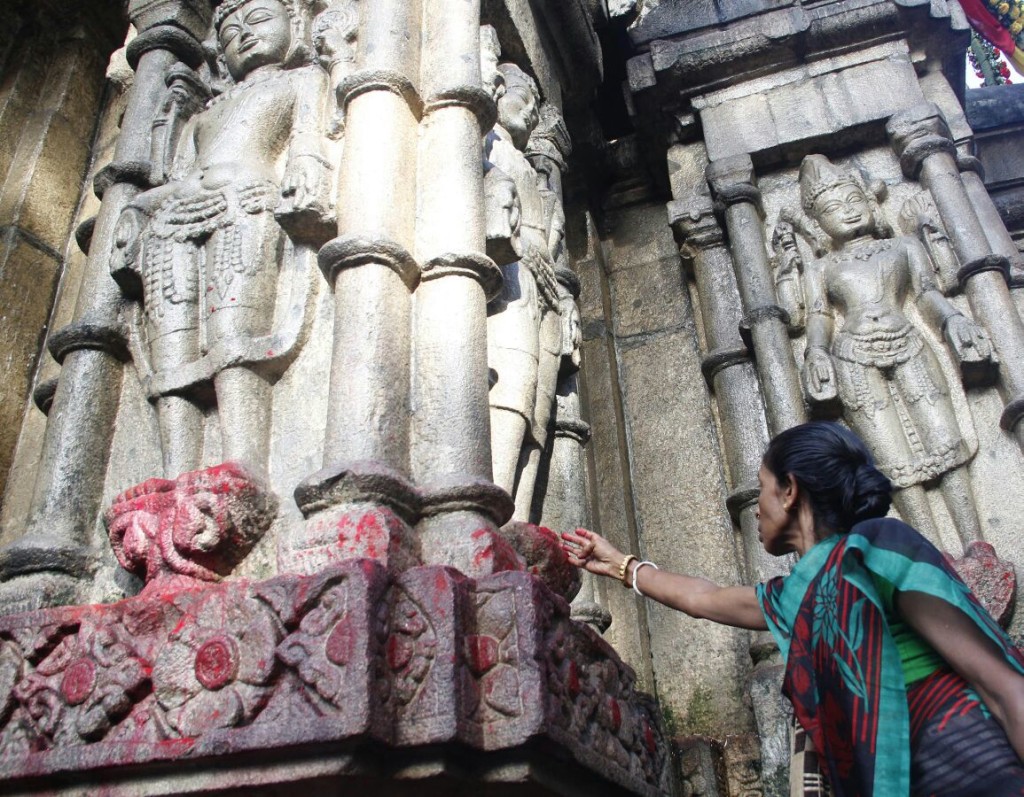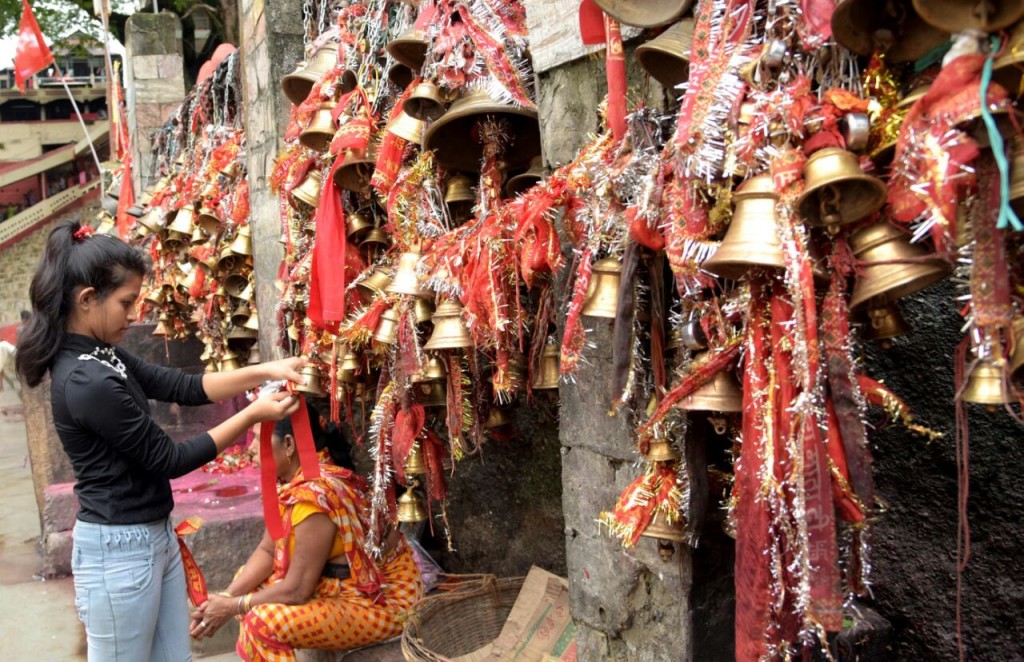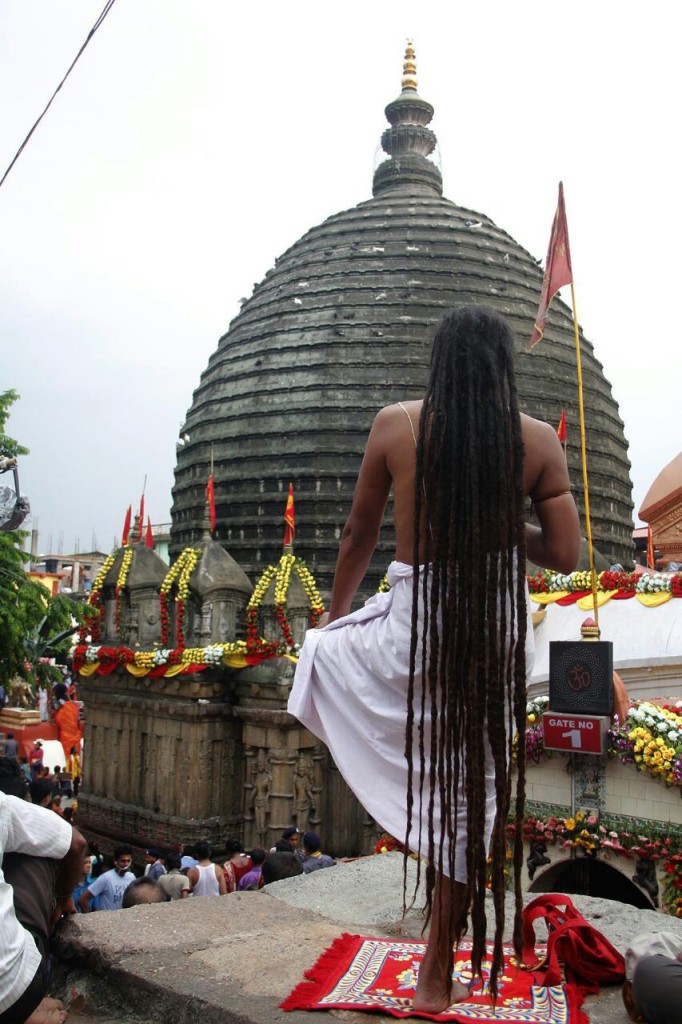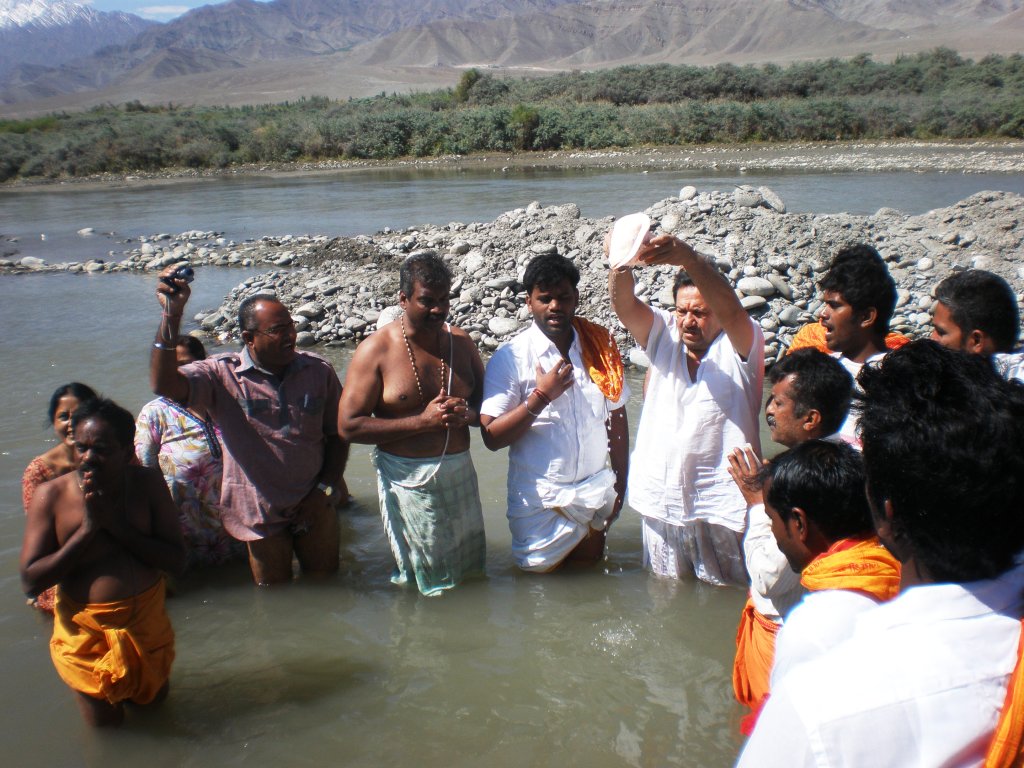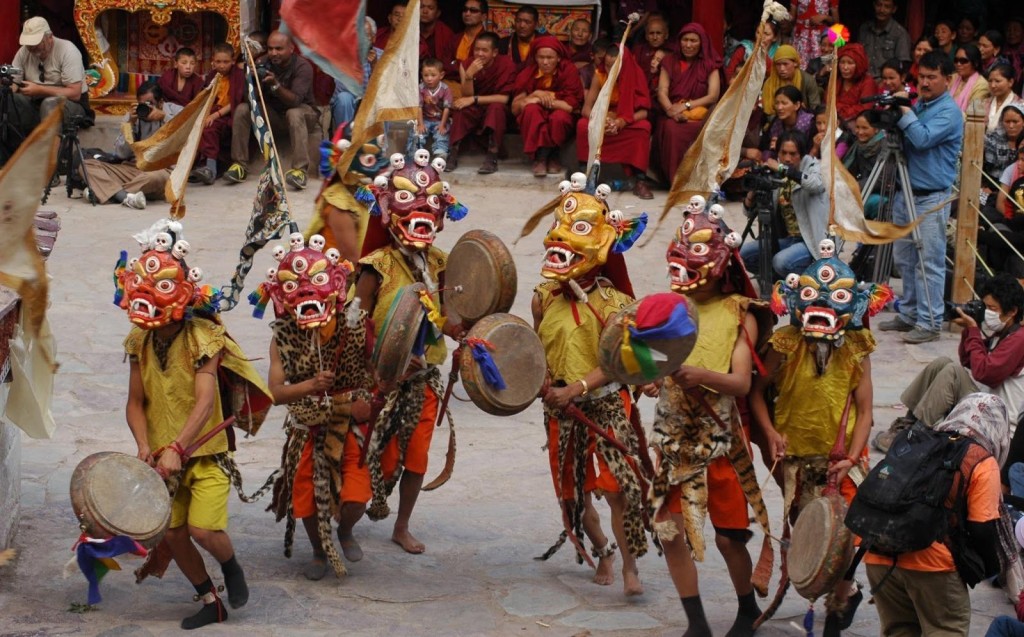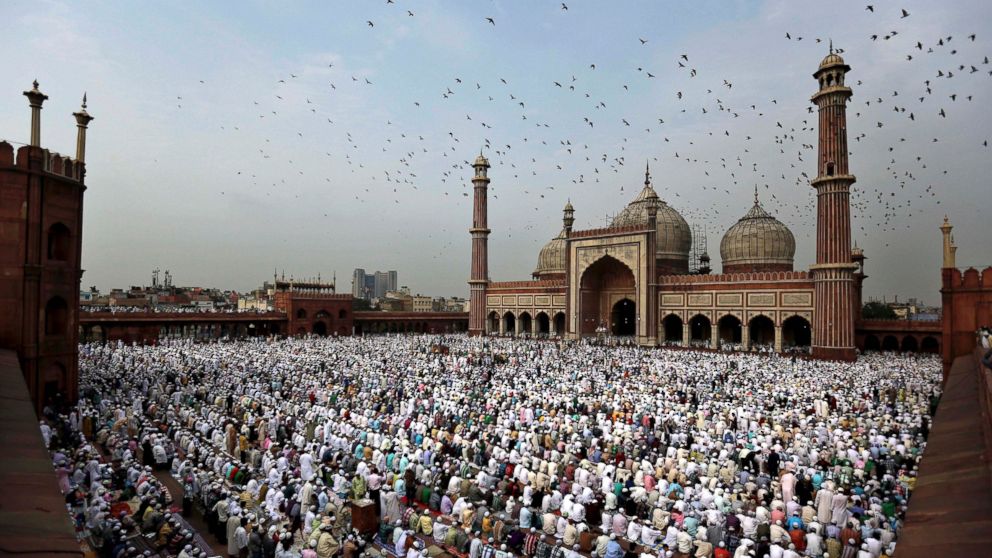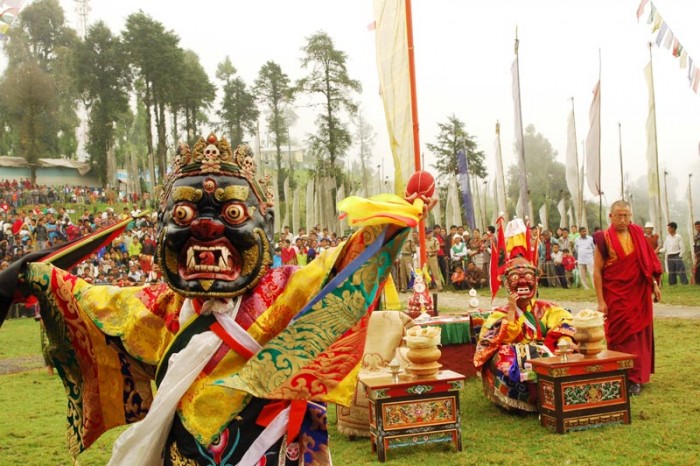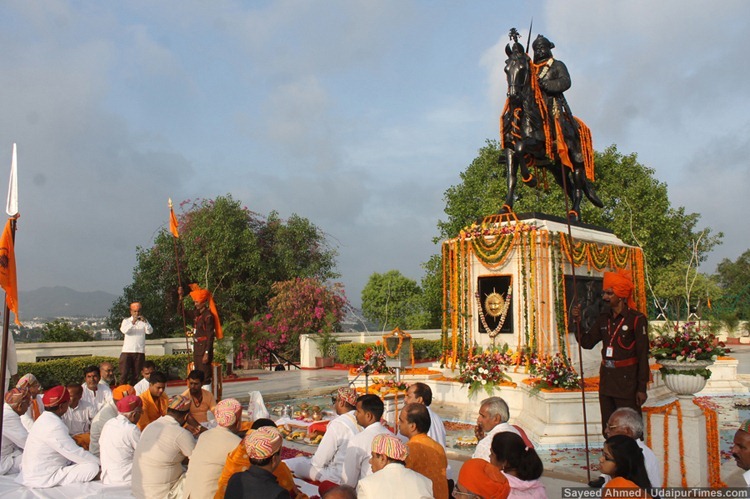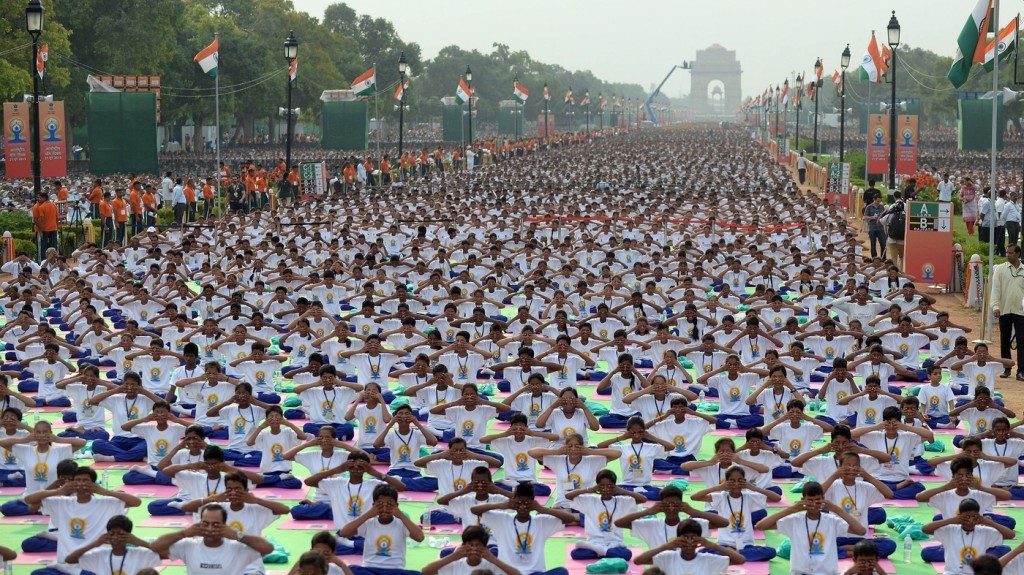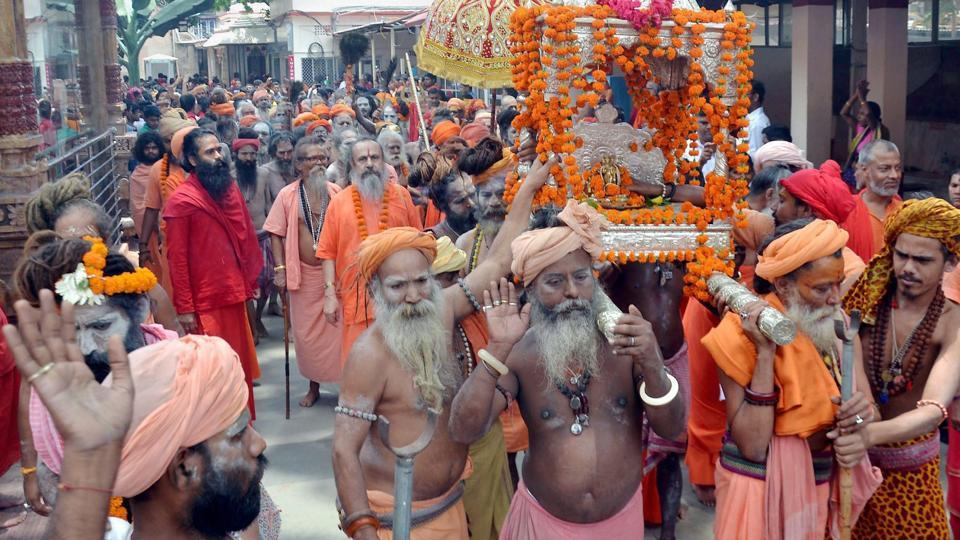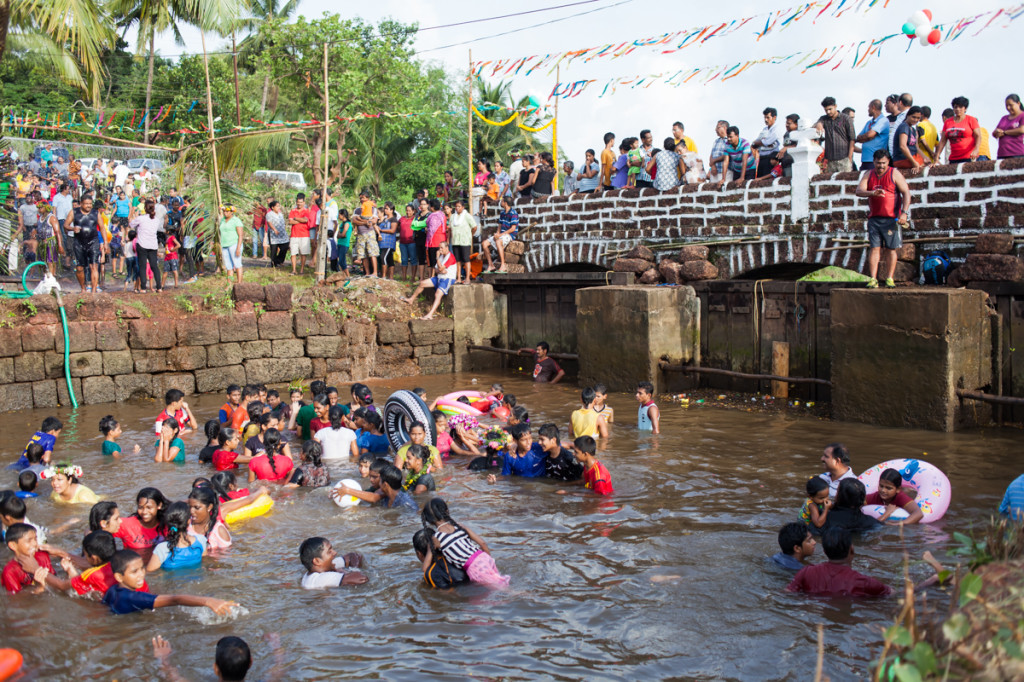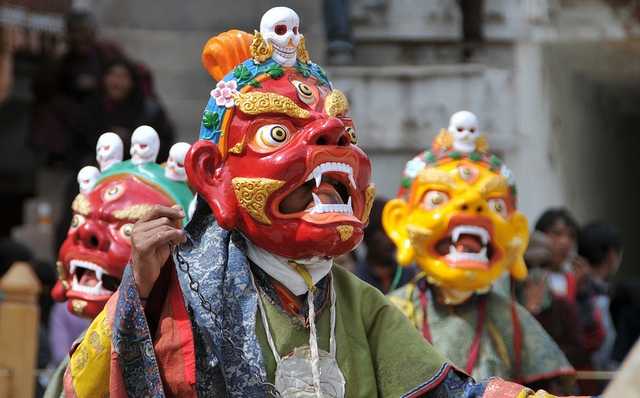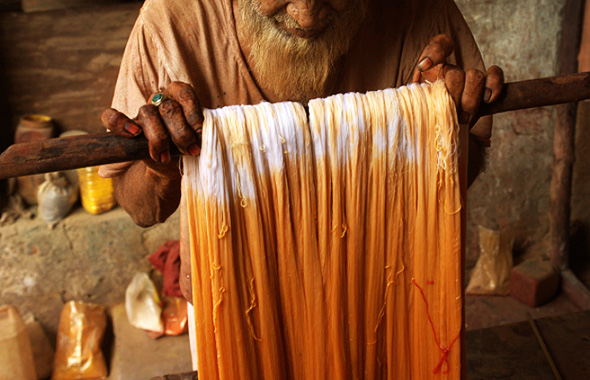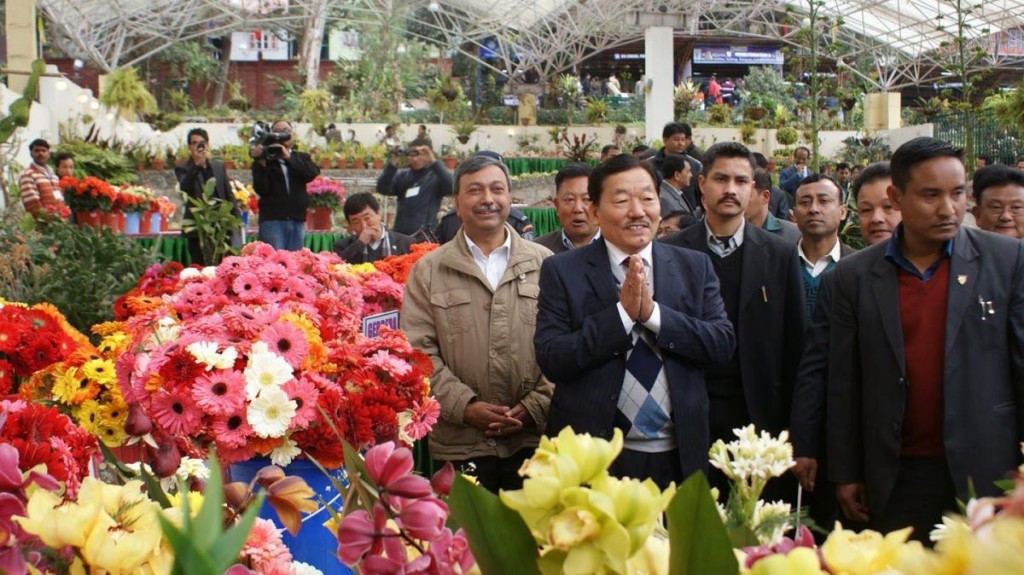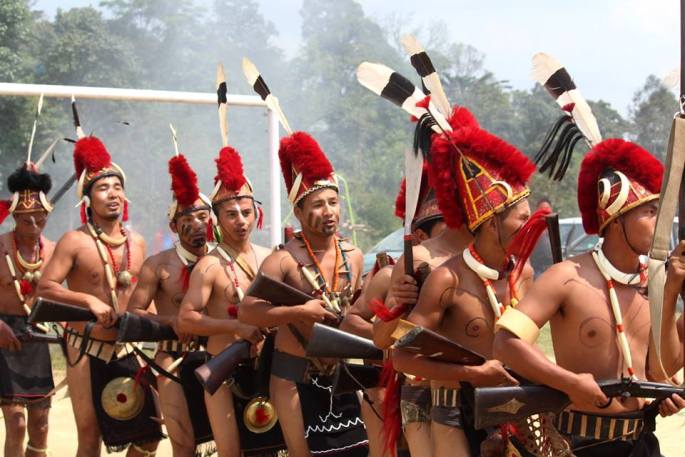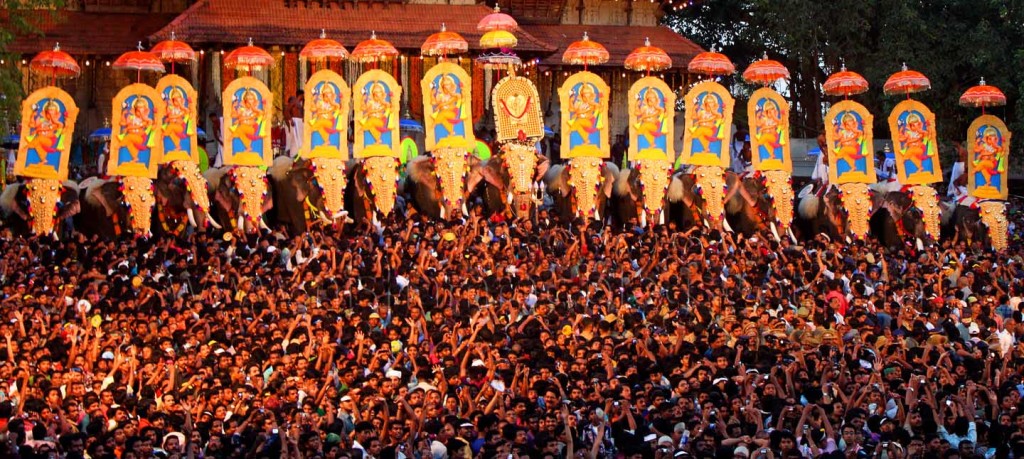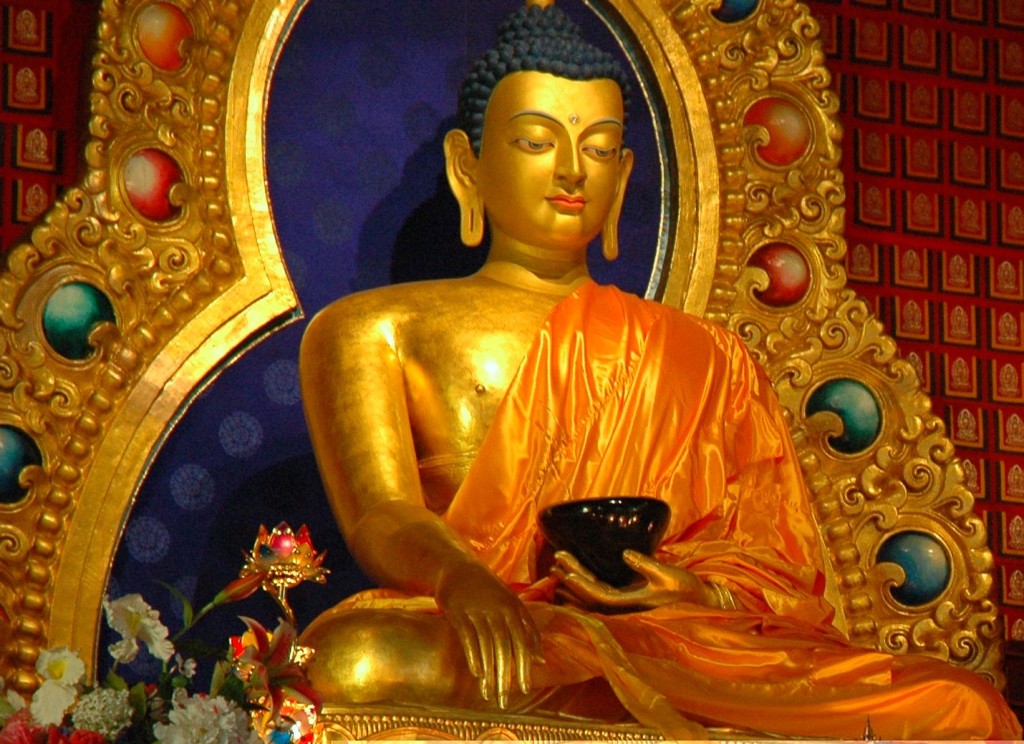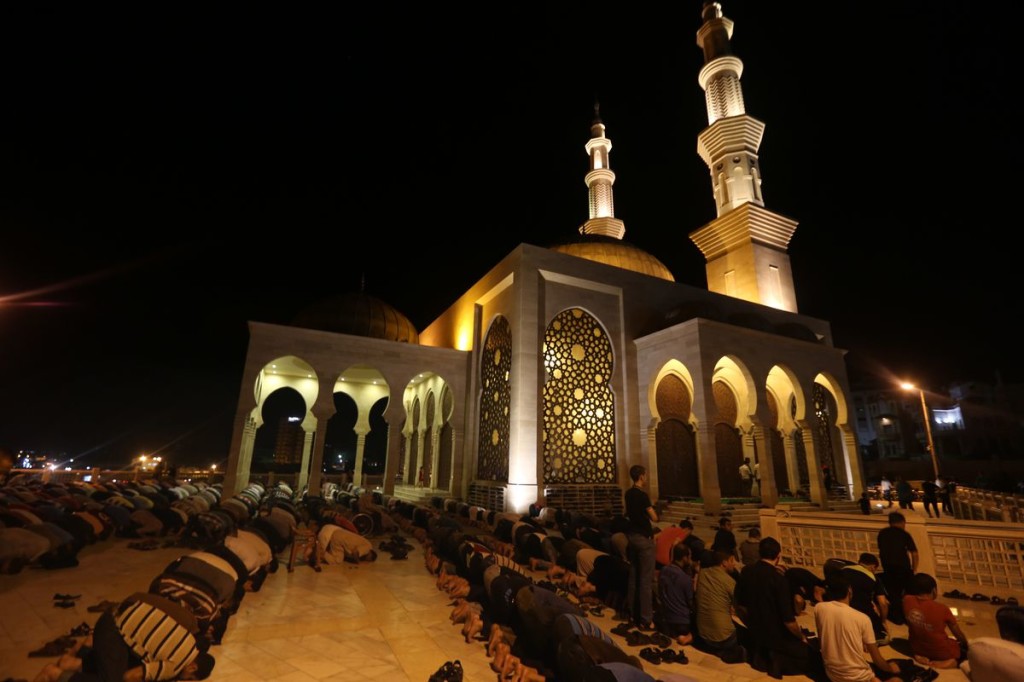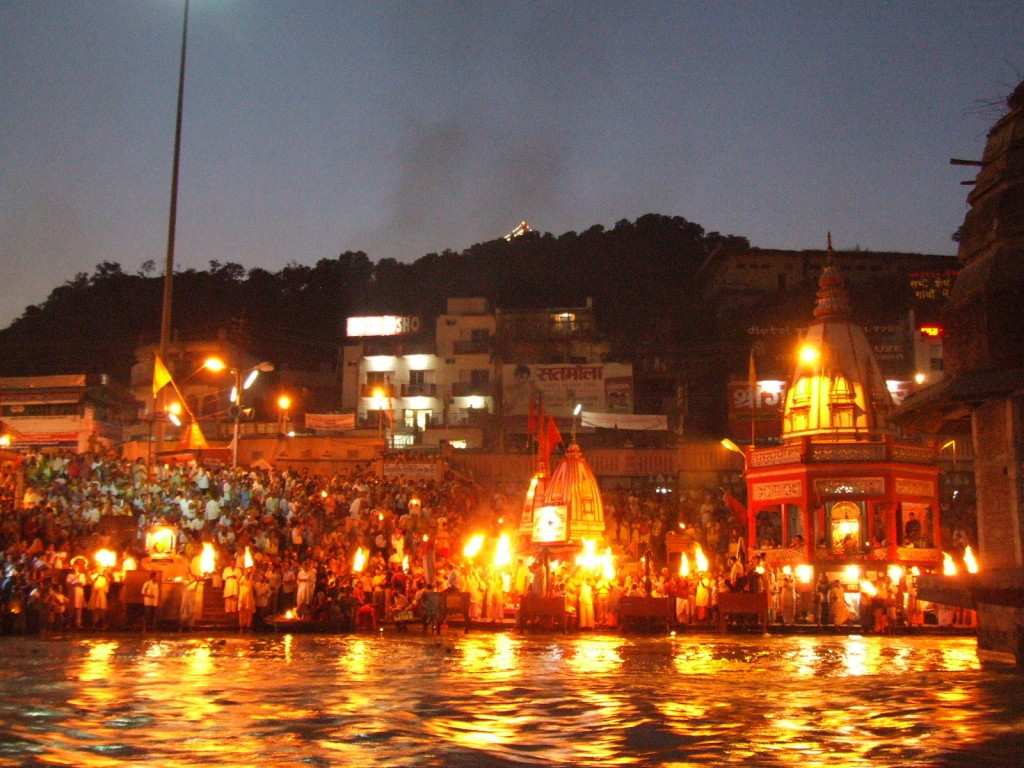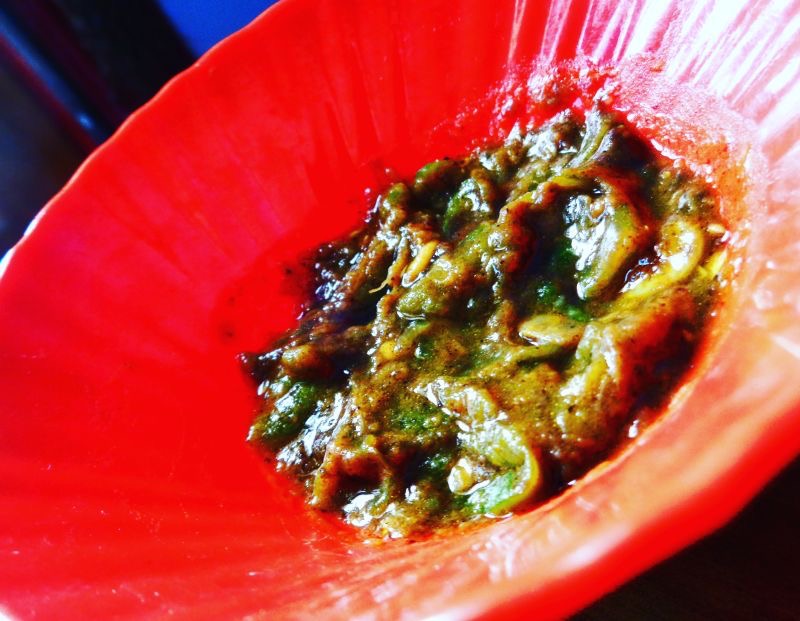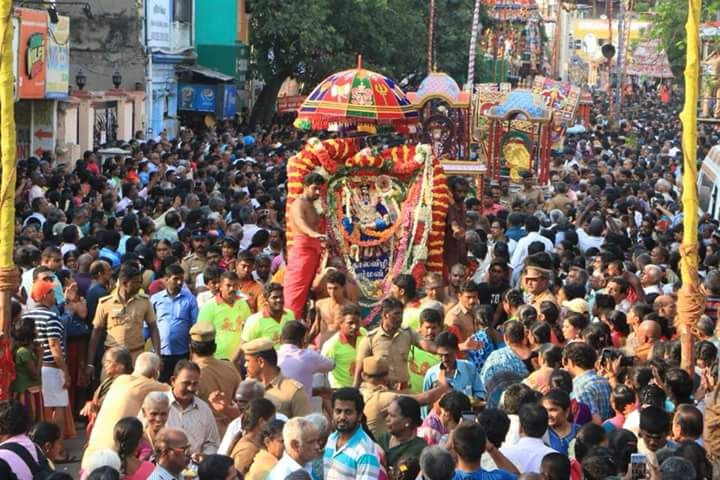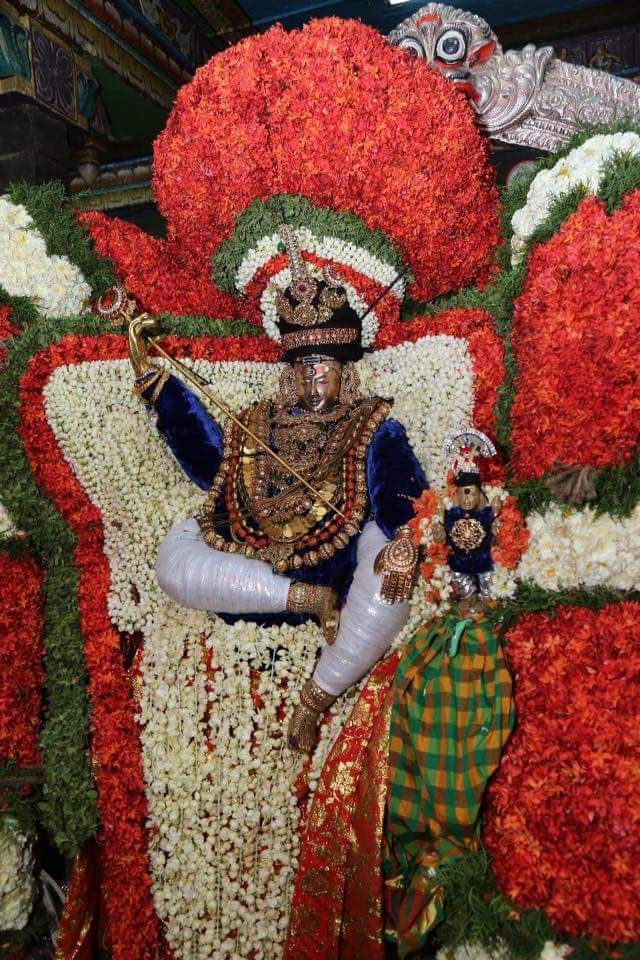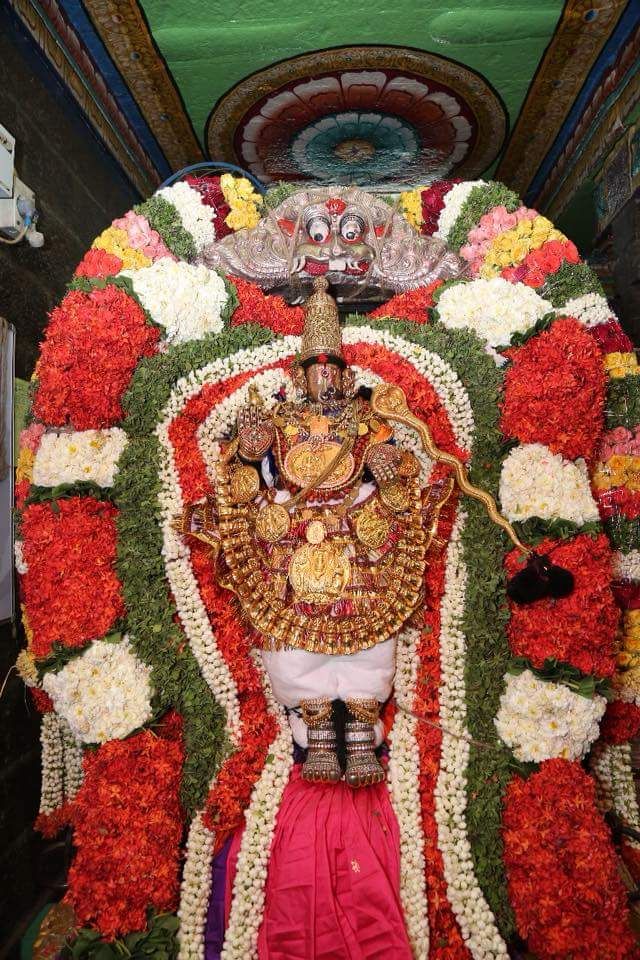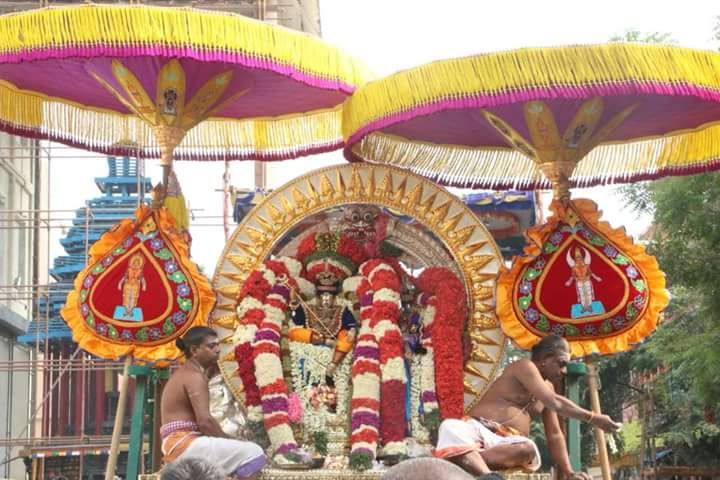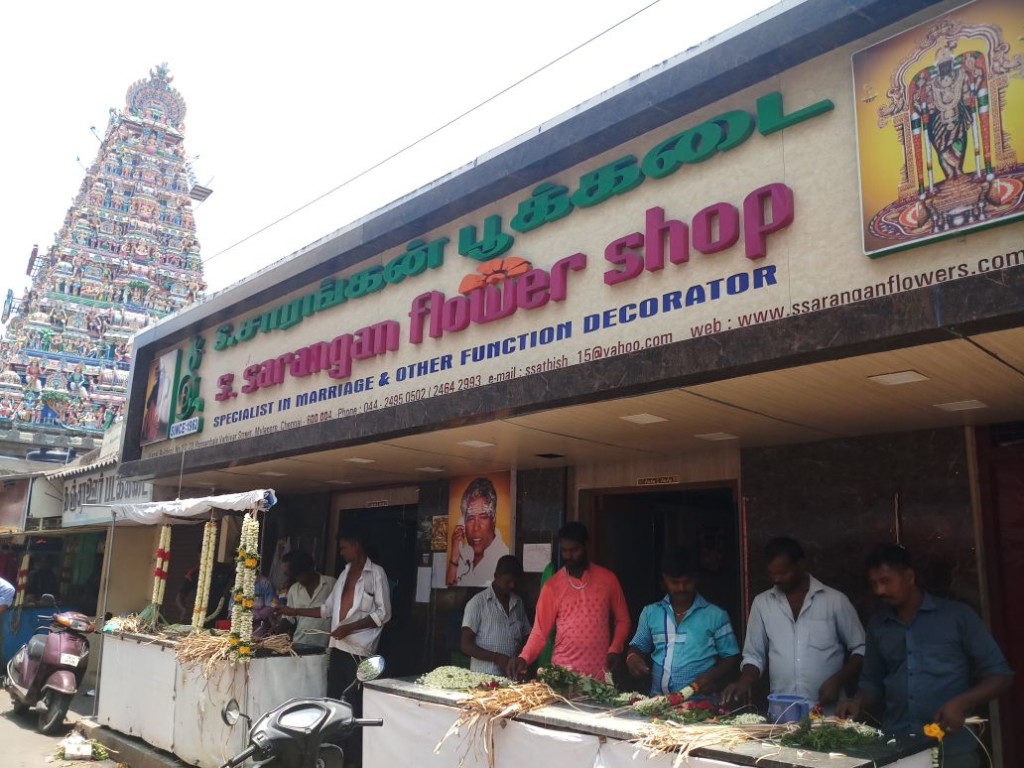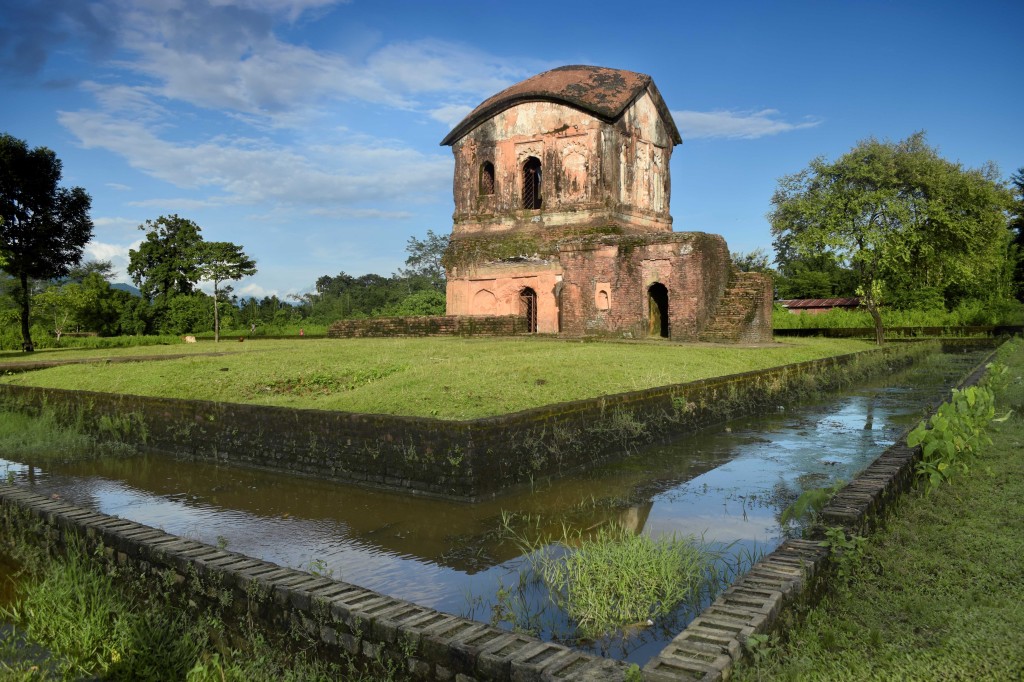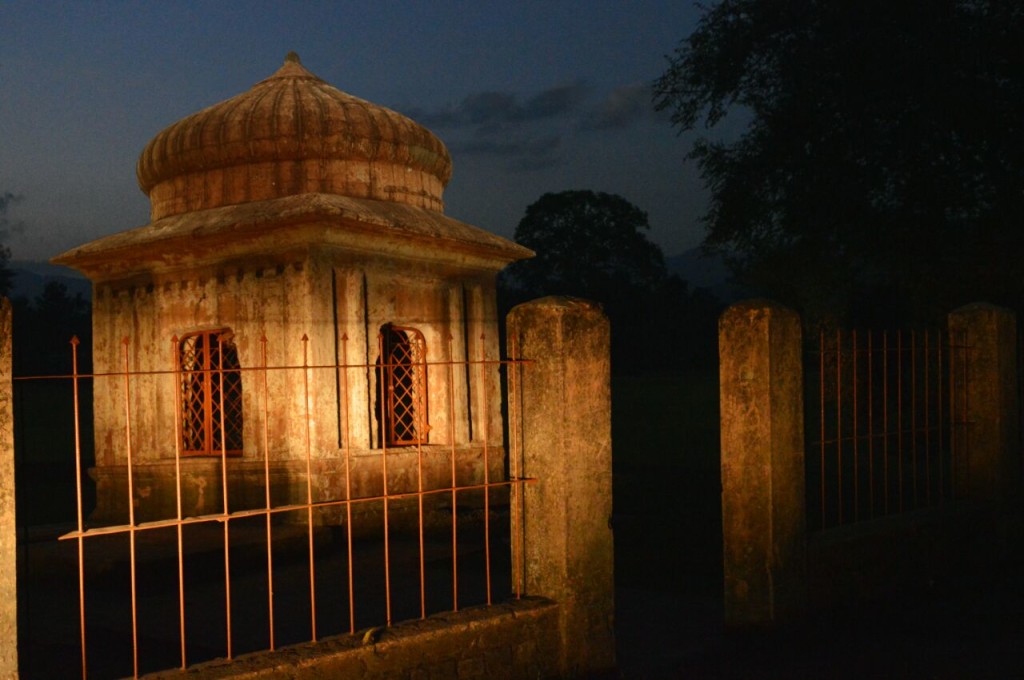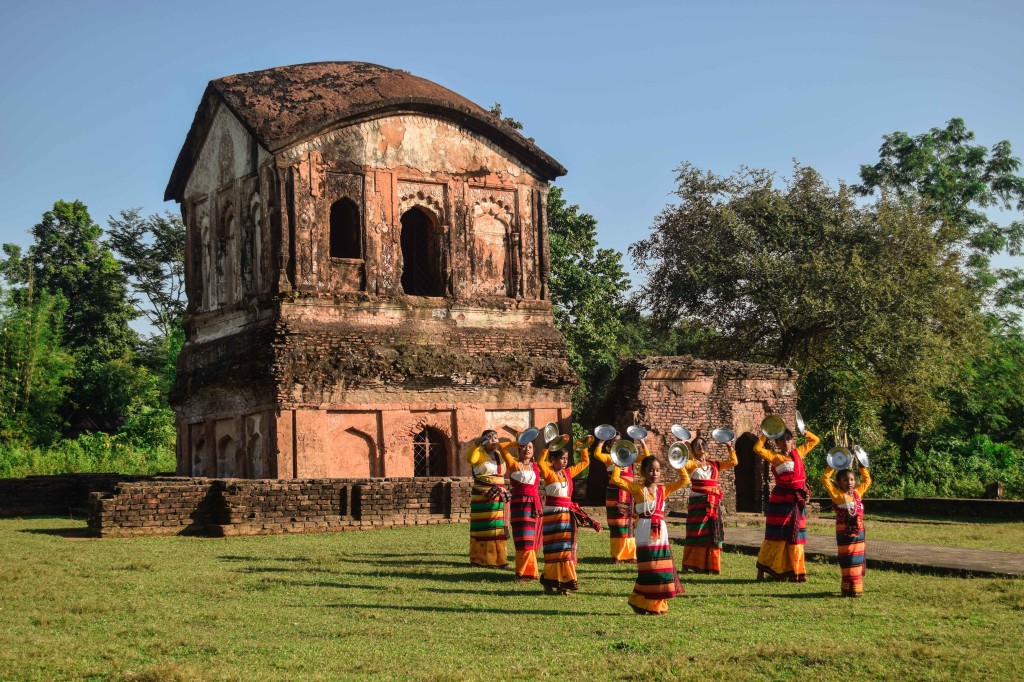The month of June has arrived, so have the sweltering summers. And there is no doubt that we Delhites experience it a bit hotter being the residents of a hustling crowded capital of the country. But one relaxing thing the month of June brings is summer break. If not for the working professionals other than the educators, then at least for school going kids and for college going youngsters. Parents must be ready for insistence of the first and for the already ready plans with friends
of the second. Yes, I am talking about the insistence and plans for a trip to some cooler places. Delhi has many hilly and snow clad places to travel around its vicinity. Himachal Pradesh, Uttarakhand and Jammu & Kashmir are the top neighboring states which provides a perfect summer getaway. Srinagar in Jammu & Kashmir has been an all-time favorite not only for us Indians, but foreigners as well. In this regard I feel I have been extremely lucky that at least once in a life time I had an opportunity to live in such a place which is known as ‘the paradise on earth’.
The two years when I was posted in Kashmir valley were perhaps the most peaceful and beautiful days of my life. When you have beautiful ‘outside’, it becomes peaceful ‘inside’. Taking a limited trip to some place of your choice is one thing, but living there instead for a considerable amount of time becomes an entirely different game. A limited duration of tour can provide you a glimpse of an overall scenic view, local culture, and local cuisines but a fixed long stay makes you an integral part of that space and you become a localite yourself, at least till the time you are stationed there. The best part of becoming a localite is you are not bound by a time limit for visiting the places around. You can go out for a daylong getaway with colleagues, friends or family members, and can get back home and plan another day-long outing next week or month. It facilitates the deeper understanding of the place rather than a tour around its skin and an exploration to the lesser known places.
Kashmir is best known for Srinagar’s lakes, Mughal gardens, and a few historical monuments and nearby places like Sonamarg, Gulmarg, and Pahalgam etc. Srinagar city doesn’t provide larger landscapes which includes grasslands and waterfalls, for that one has to go to either Gulmarg or to Pahalgam. But Srinagar is the central stay point if one wants to travel to all these places, as the city has better accommodation facilities and an airport. Pahalgam is the place which provides views of mountains, meadows and river falls at some broader level which is about 92 kms from Srinagar. If one has less time to travel and stay but wants to experience an essence of all of these at once, I would suggest they visit Doodhpathri. Doodhpathri, literally means ‘a valley of milk’ is located in Budgam district of Jammu & Kashmir and 42 kms from Srinagar. Doodhpathri lies in a bowl shaped valley in the Pir Panjal Range of the Himalayas. It is an alpine valley of mountains and the meadows of Pine Fir and Deodar. The natural meadows, which are covered with snow in winter, allow the growth of wild flowers such as daisies, forget-me-nots and butter cups during spring and summer.
It is said that the famous saint of Kashmir, Sheikh-ul-Aalam had prayed here. Once when he was in search for water in the meadows to offer prayers, he hit at the ground with his stick in search for water. However, milk came out instead. He addressed the milk, “you can only be used for drinking and not performing ablution.” Hearing this, the milk at once changed
its state to water and the meadow got its name, Doodhpathri. The water which is at present flowing through the meadows has a milky appearance from distance and remains very cold throughout the year.
I went there in the beginning days of June along with colleagues (also friends), and still remember while writing this, as to how chilled the water and weather were. It was a rainy day and my colleagues were in their woolen jackets. I was somehow without any woolens and was literally shivering. The lush greens over the vast meadows and silver shining streams running over the large stones were further adding to its beauty.
Doodhpathri has no permanent settlement and is inaccessible during winter due to heavy snowfall. Because unlike Sonamarg and Gulmarg there is no governmental effort to make it a tourist destination. That is the reason Doodhpathri is a fresh discovery
in Kashmir tourism, beauty of which is still untouched. The thing you should bring into notice before you packs your bags for Doodhpathri is, you won’t find any proper restaurant there so make sure you pack some food items along with you. However, the benefits to this place are, no left over garbage, no trouble from vendors and very less crowd. All that you will get is a vast expanse of natural beauty and nothing to distract you from taking it all through your eyes.
The famous Tosa Maidan lies in the west of Doodhpathri and has been officially opened to visitors from 30 May 2016. During summers shepherds from the plains of district Budgam bring cattle for grazing and remain in Doodhpathri seasonally for about six months. The routes of Doodhpathri are from Srinagar to Budgam, Budgam to Khansahib and Khansahib to Doodhpathri. Total distance of about 42 kms. This route is near to Srinagar airport. Another route is from Srinagar Gulmarg road, the route starts from Srinagar to Magam, Magam to Beerwah and Beerwah to Arizal. Total distance is about 50 km. Before you reach Doodhpathri, a beautiful place of small valleys welcomes you. This place called ‘Tangnar’ is filled with deodar and pine trees on small hills. As you reach to the place Doodhpathri, from the parking area, you can reach the river ‘Shaliganga’ by pony or by walking. Cars may also reach this place in summer, when there is no snow. But until March-April, when roads are covered with heavy snow, commuting happens through pony ride which takes about 20 minutes, and walking which takes around 30 minutes. It’s a beautiful spot with flowing river-which you can cross over a wooden bridge. There is a small hamlet called ‘Mujpathri’ on the banks of river Shaliganga. The other side of the river includes picturesque landscapes with lot of pine trees and a beautiful meadow called ‘Diskhal’ on top of the mountain and overlooks the Ashtaar glacier. It’s approximately a 10 kms long trek from Shaliganga nallah.
While returning back from the Doodhpathri, there is another treat for the eyes at ‘Palmaidan’. The name of this place is after the ‘Big Stones’ because there are huge stones all around the ground. It situated at a distance of about 5 km from Doodpathri and is the favorite spot of shepherds and cow herders, where they gather in large numbers in summer and graze their cattle and livestock. It is beautiful place with a small stream running on one side of the ground. You can find some ruined structures made of bricks, a place which may provide you nice backgrounds for clicking away!

